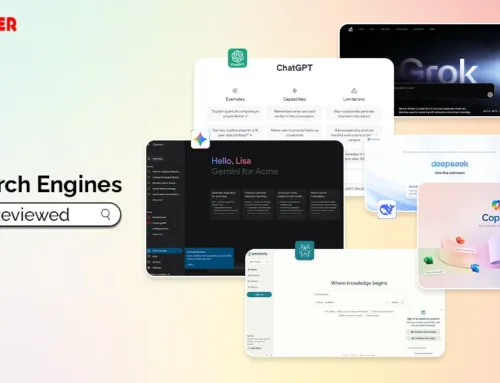Humans love shortcuts for decision-making — As per Sprout Social, more than 76% of consumers say they would purchase from a brand they feel connected to over a competitor.
To connect with your customers, you need a well-thought-out brand marketing plan explaining why you exist and how to communicate that to them. See the data below, where you can see what customers actually want from brands.
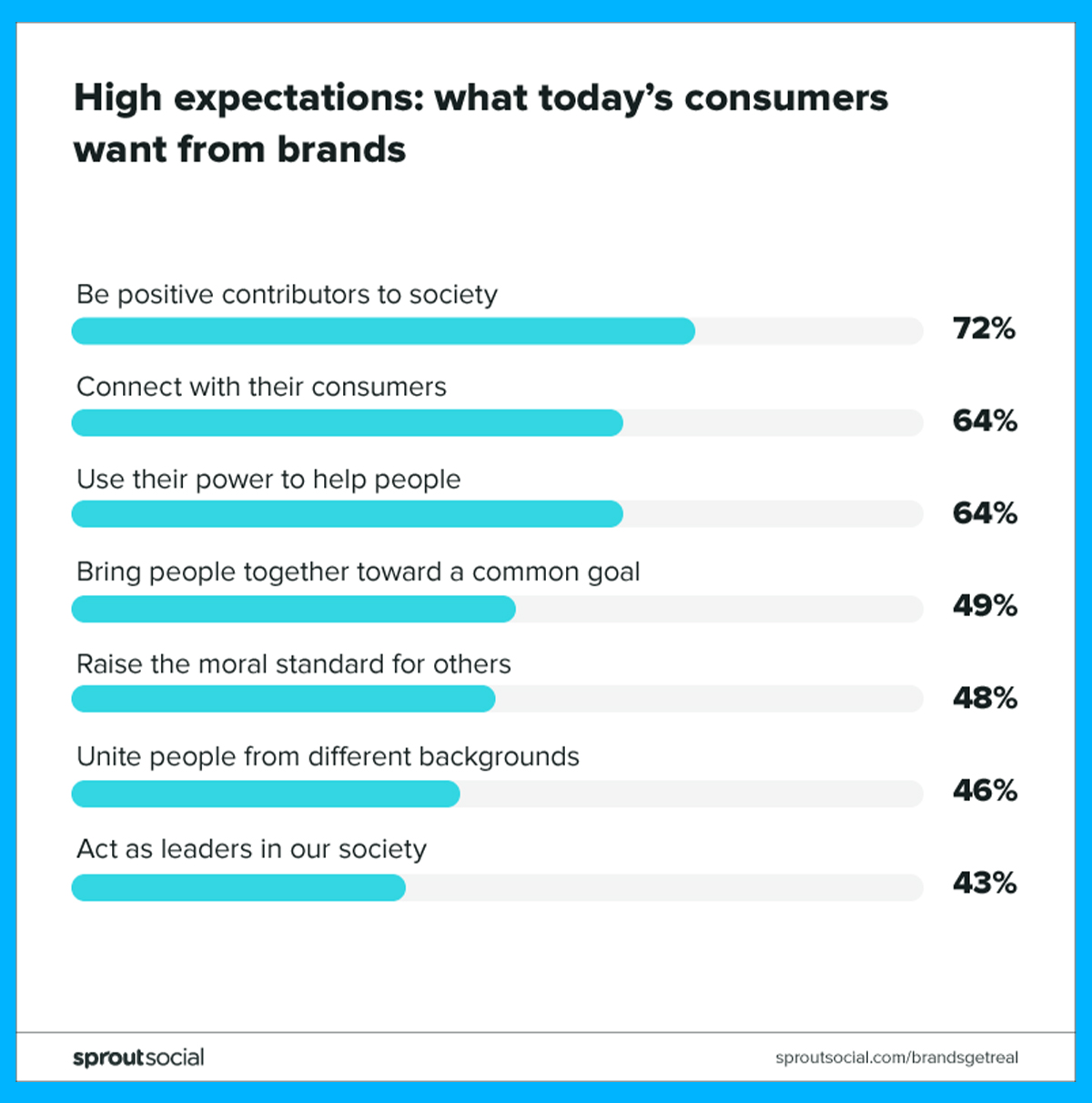
In this blog on brand marketing strategies, you’ll learn brand marketing basics, how brand & marketing work together, how to design a successful brand marketing campaign that expresses your brand’s core values, create content your customers crave, and ensure your entire branding is designed to support customer loyalty.
What Is Brand Marketing?
Brand marketing is the process of establishing relationships between a brand and consumers. Rather than concentrating on one or two products or services, brands promote their brand as a whole, using products or services as proof that supports the brand’s promise.
Your brand is what people say about you when you’re not in the room. – Jeff Bezos
Brand marketing aims to build a brand’s value – and the company’s value as a result. It’s all about crafting a unique and relatable identity for your brand that resonates with your audience, creating a lasting impression and emotional connection in people’s minds.
In short, it is a marketing strategy that focuses on building brand awareness & integrating brand values into the customer experience.

Branding VS Marketing
| Branding
| Marketing
|
How Branding & Marketing work together to boost your business growth?
Picture your brand as a seed, branding as its roots, and marketing as sunlight. Branding shapes your identity, while marketing amplifies your visibility.
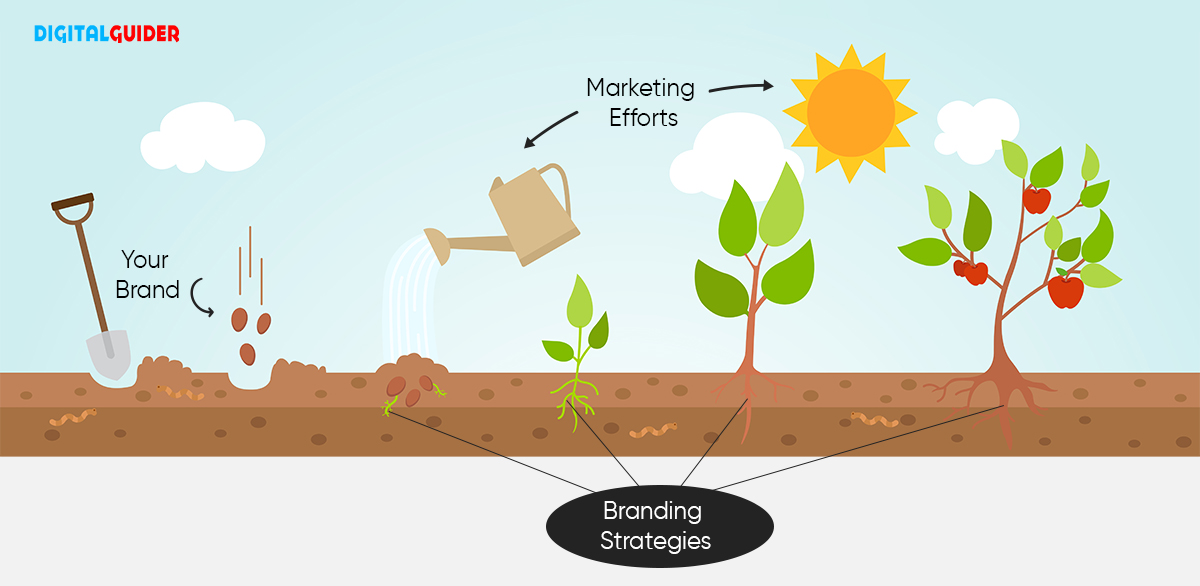
Together, they fuel business growth and draw in customers like a plant flourishing under sunlight. With strong branding and effective online marketing strategies, your brand becomes popular, ranks higher on SERP, and leaves a lasting impression, ultimately boosting conversions.
Brand marketing aims to build customer trust and loyalty through clever storytelling, eye-catching visuals, and consistent messaging. Remember that feeling when you stumble upon a brand that just “gets” you? That’s the magic of brand marketing: making customers feel connected and excited about your offer.
Goals of Brand Marketing
Building a brand is challenging and crucial to your business’s growth & success. Brand marketing objectives are the primary goals of any brand, such as creating a standard image in the market or increasing revenue. Let’s understand the most common brand marketing objectives businesses usually pursue while designing their brand strategy.
– Brand awareness:
Raising brand awareness is the main task of making customers recognize and recall your product or service through diverse advertising activities.
– Brand identity and image:
Audience must recognize your brand through visual elements such as symbols, brand logos, colors, packaging style, etc.
– Brand loyalty:
It’s essential to make customers recognize and choose your brand and stick with it. The primary task is to convince customers to choose your brand by displaying product value and uniqueness. Brand loyalty programs can offer special discounts, rewards, or offers to encourage customers to stay loyal to your brand over time.
– Brand advocate:
A brand advocate is a customer who is passionate about your brand and is willing to share their experience with others to increase brand awareness. Your goal should be to get as many brand advocates as possible to recommend your products or services to others. You can run different referral programs or set up a brand ambassador program.
– Optimize brand equity:
Strong brand equity sets your business apart from competitors and helps you attract new customers. Trusted and well-known brands tend to be more successful because people choose a well-known brand over a less well-known one. To build brand equity, you need a well-thought-out brand marketing plan that includes brand awareness, customer experience, and brand loyalty initiatives.
– Brand engagement:
Engaging customers with the brand is vital to success in brand marketing. It’s better to work towards increased engagement from your active users. The more users interact and engage with your brand (visit your website, review products and services, or make orders), the higher your chances are of building a recognizable brand. This can include social media campaigns, influencer marketing, email marketing, and content collaborations, as well as creating engaging EEAT content for customers to engage with.
What Is A Brand Marketing Strategy?
Brand marketing is a long-term strategy for improving your brand’s position and brand awareness in the marketplace.
A brand marketing strategy can include multiple media channels, different types of campaigns, and a range of tactics to achieve your goals.
These may include paid ads, social media marketing, native ads, video SEO marketing, and search engine optimization & marketing.
A well-thought-out brand marketing plan will build momentum, leveraging past successes to grow your brand’s reach and influence over time.
12 Clever Brand Marketing Strategy to Boost Your Online Presence
— Research Your Target Market
Customer personas are a great way to understand your customers better. They provide a 360-degree view of your ideal buyer. Creating a customer persona will help you build an emotional bond with your target audience. When creating a customer persona, consider the following questions:
- How old is this person?
- Where do they live?
- What is your job?
- Are they married?
- What’s their educational background?
- What do they care about?
- What was their most recent purchase?
- Where do they like to shop?
- What do they need from my product or service?
Storytelling is a powerful technique in brand marketing because it creates an emotional bond between your brand and your audience. You can tell your story by crafting the right message for your brand.

Sharing your brand story isn’t just about telling your brand’s story; it’s about building a deeper connection with your audience.
Your story should resonate with your target demographic, evoke emotions & loyalty, create a sense of shared values, and help with brand recall. By humanizing your brand through storytelling, you can foster a stronger emotional connection with your target audience, increasing loyalty and brand affinity.
— Get To Know Your Competitors
Just like getting to know your audience, it’s equally important to know your competitors. Research them, determine how you’re different from them, and then focus on this difference in your marketing messaging.
For instance, if your competitor is known for being the cheapest, focus on why product & service quality is more important than price in your brand communications.
— Develop a Strong Visual Identity
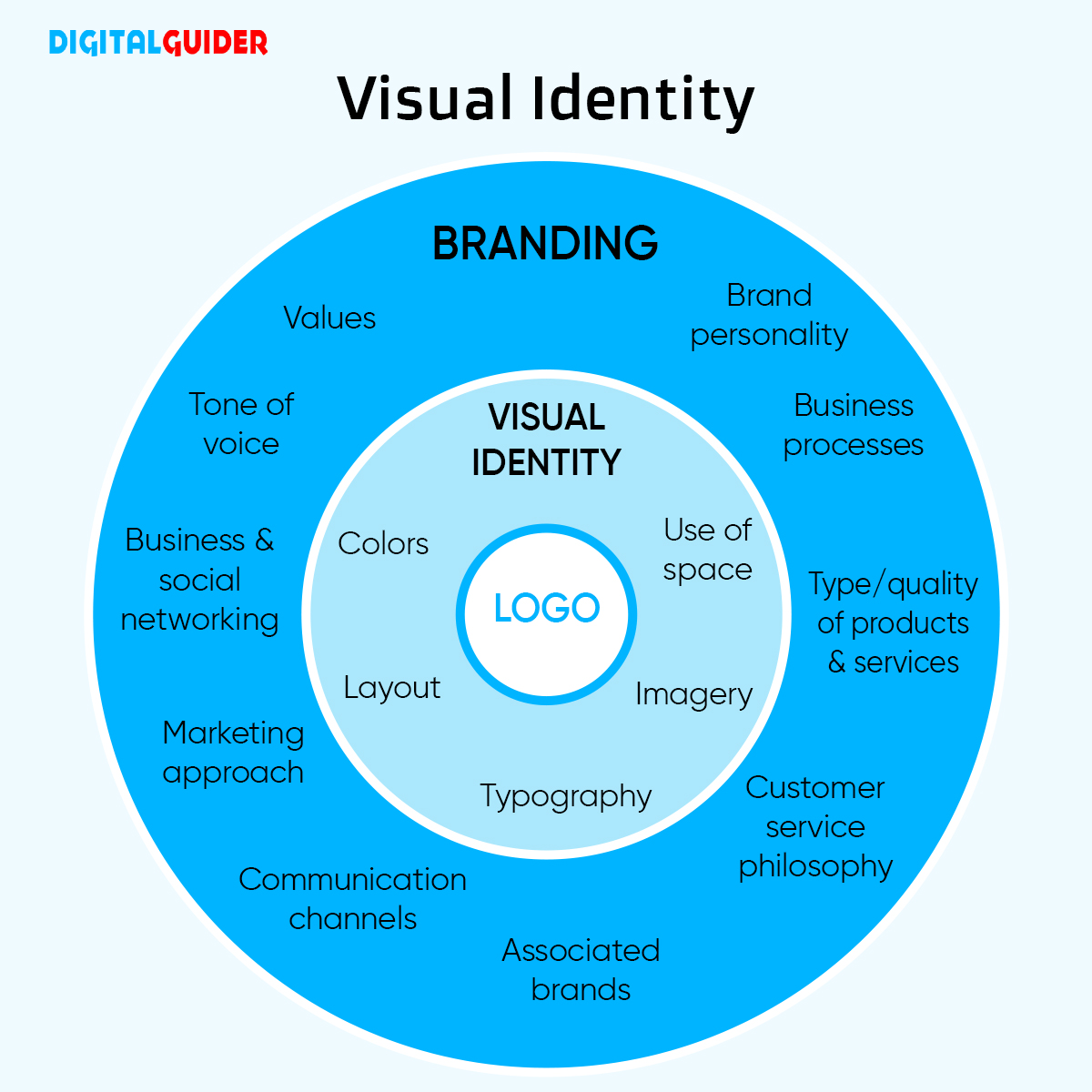
Whether it’s a logo, color palette, or typography, your visual identity reflects your brand and conveys professionalism and trustworthiness. Invest in expert graphic design services that create a cohesive visual identity that resonates with your audience.
— Use Eye-Catching Pictures and Videos
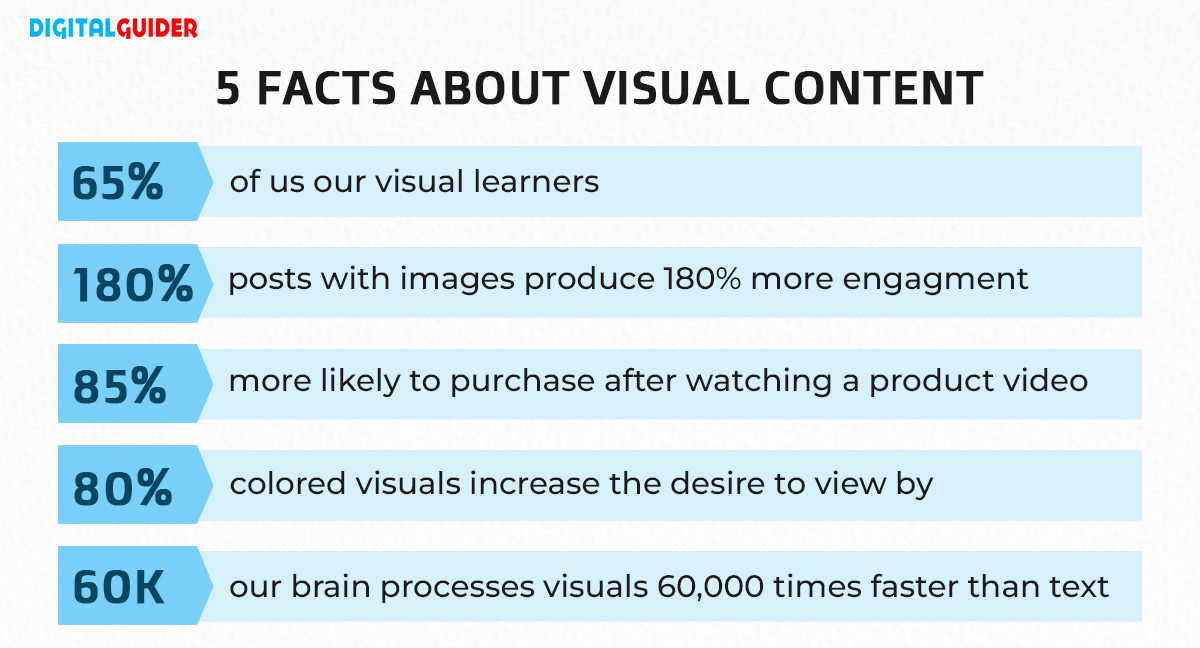
In today’s digital world, visuals are king. Visuals can capture your audience’s attention and leave a lasting impression, whether it’s an eye-catching product photo, a captivating promotional video, or infographics. Visual content can help you communicate your brand’s message more effectively and memorably.
— Develop a Unique Value Proposition (UVP):
Your UVP sets your brand apart. It should communicate the unique benefits customers can expect when choosing your brand.
In brand marketing, a unique value proposition (UVP) clearly explains your product’s advantages. It outlines how your product solves your customers’ issues, why it stands out from the competition, and why your customers should buy it.
— Utilize Influencer Marketing
Influencer marketing has become a powerful method for brands looking to expand their reach and connect with new audiences.
Influencers can create authentic, engaging content that resonates with their audience, driving brand awareness and increasing sales and conversions.
Influencers can help promote your products, create content featuring your brand, and provide valuable social proof to potential customers. By partnering with famous influencers who align with your brand values & target demographic, you can leverage their credibility and authority to introduce your brand to their followers.
— Create Compelling Content
Develop a content marketing strategy that showcases your brand’s expertise and provides value to your target audience. This can include blog posts, whitepapers, case studies, videos, webinars, and more. Creating high-quality content will build trust with your audience and position your business as an industry leader.
— Get Found with SEO
SEO is the process of optimizing your website to rank higher in search engine results pages. Basic SEO tactics include keyword research, optimizing website content and meta tags, improving website speed and mobile-friendliness, and earning backlinks from reputable sources. By implementing SEO best practices, you can enhance your website’s visibility on search engines and drive organic traffic to your site.
— Engage with Your Community
Social media is one of the best ways to promote your brand and connect with your target audience. Create a robust online presence around your brand to encourage customer engagement and advocacy. Connect with your audience on social media, respond quickly to comments and posts, and promote content from your audience.
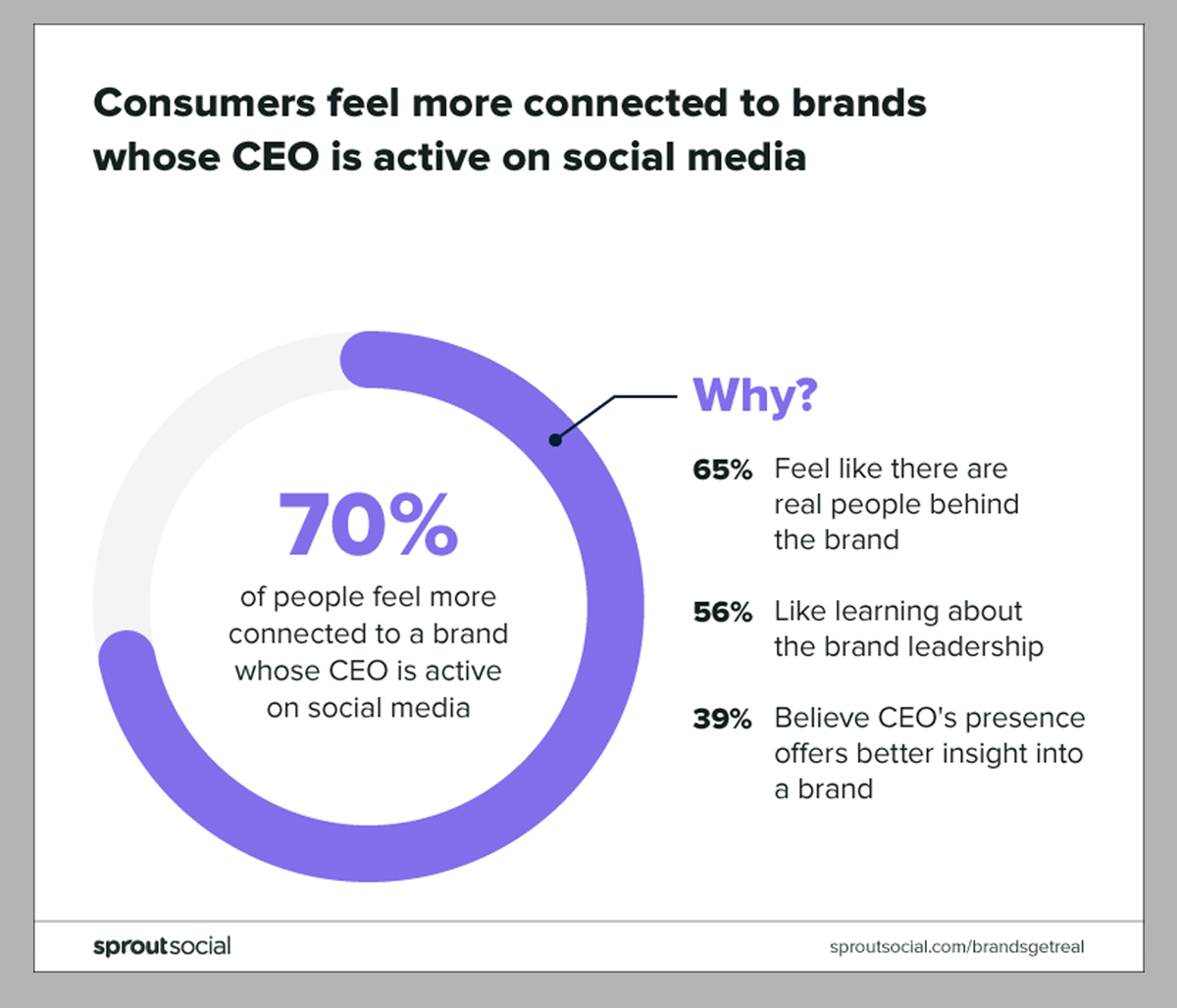
Create a social media strategy that aligns with your brand’s voice and values, and post regularly to maintain an active presence. Be sure to respond to comments and messages from your followers to foster a sense of community and encourage brand loyalty. By creating a sense of belonging and inclusivity, you can turn customers into brand advocates who promote your products or services to their networks.
— Be Genuine & Honest
Authenticity is paramount in brand marketing. Consumers today are savvy and can quickly spot inauthentic or insincere marketing tactics. Be transparent about your brand values, mission, and business practices. Show vulnerability and admit mistakes when necessary. Being genuine and honest can build trust with your audience and cultivate long-lasting relationships beyond transactional interactions.
— Monitor & Measure Your Strategy
Track your brand marketing success & efforts using data analytics tools, & adjust your strategy as needed to optimize results. Track key performance indicators (KPIs) such as website traffic, engagement metrics, conversion rates, and customer demographics.
Analyze this data thoroughly to gain insights into your audience’s behavior, preferences, and pain points. Use these insights to optimize your brand marketing efforts, refine your messaging, and tailor your campaigns to better resonate with your target audience.
Remember, a successful brand marketing plan is a living document that should continually evolve as your business grows and changes. It requires regular review & adjustment to ensure it remains effective.
Things To Remember In Brand Marketing
Applying brand marketing strategies can be overwhelming for new and established brands. The following things marketers should note regarding brand marketing:
- Branding and marketing are slightly different. A company’s brand is a personality; marketing is how it shares that personality with consumers, as mentioned at the start of this blog.
- Spend time on research or measurement. It isn’t easy to differentiate a brand without due diligence to know how its peers are positioned. And without proper brand marketing attribution, it’s challenging to know whether a brand moved the needle. Spending time on research and measurement will help define strategy for your brand.
- Show brand qualities (instead of telling). A company may want to position its brand as trustworthy, but it shouldn’t say it’s dependable. Instead, it should show trustworthiness through quality products and customer service.
Brand Marketing: Rounding Things Up
While branding and brand marketing often get mixed up, they aren’t the same. Brand marketing is a means to an end. To help businesses achieve their branding goal of establishing a particular image in the minds of their target audience. Follow the brand marketing tactics mentioned below and enhance your brand strategy. For more help, you can reach out to our professional brand marketing experts to improve your search engine ranking and brand reputation. Call now @ +1-307-209-3608 or visit our Digital Guider website to know more.
FAQs – Brand Marketing
Q1. What is the difference between a brand and a logo?
A1. A logo is a visual asset, representing the company, but a brand is the reputation built through interactions with messaging, design, taglines, websites, ads, emails, etc.
Q2. What is brand positioning?
A2. Brand positioning refers to differentiating a brand in the marketplace and defining its unique value to the target audience.
Q3. How can brand marketing benefit small businesses?
A3. Brand marketing helps small businesses build recognition, trust and customer loyalty, setting them apart from competitors and driving long-term growth.
Q4. Does brand marketing need SEO services?
A4. Yes, SEO services help improve brand visibility, boost awareness, and build trust by securing higher rankings in search results, which is essential for establishing a strong brand identity.
Q5. What is the difference between branding strategy and marketing strategy?
A5. Branding strategy defines a company’s identity and long-term image, while marketing strategy focuses on short-term actions to promote products and drive sales.
Q6. How does social media influence brand marketing?
A6. Social media influences brand marketing by boosting brand visibility, engaging a wider audience, and fostering direct communication with customers.
Q7. How do partnerships impact brand marketing?
A7. Partnership or collaboration with other brands or influencers leverages shared audiences, expands the brand’s reach, and strengthens market positioning.

